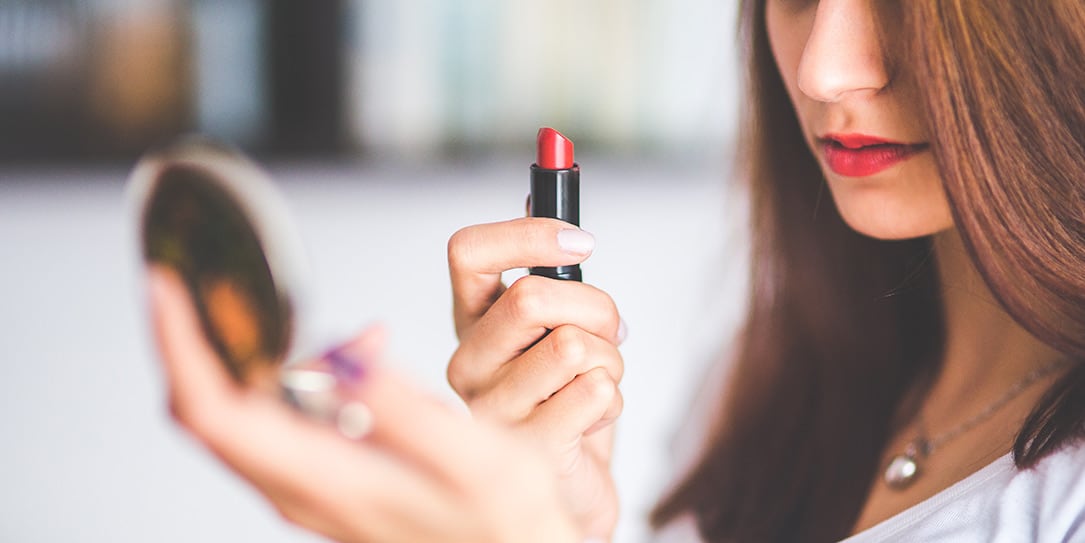Animal testing is a tricky subject in society. Many people recognize that the practice helps pharmaceutical and cosmetics manufacturers assess whether their products cause side effects in humans, but they also frequently wonder if there’s another way.
It seems that big data could hold the key to reducing animal testing — and maybe even getting rid of it.
A Gigantic Database to Predict the Likelihood of Adverse Animal Events Showing up in Humans
Drugs generally have to go through animal testing before human trials start, but one of the difficulties is that a side effect in an animal doesn’t necessarily mean the same side effect will show up in human test subjects.
One project involves building a database that shows the consistency between adverse events in both animals and humans.
Scientists know some side effects in animals are severe or frequent enough to warrant decisive steps to safeguard humans. However, others are infrequent in people or don’t happen at all. The new database aims to determine the likelihood of an animal event happening in a person.
Associated research also showed that if an adverse reaction doesn’t occur in animals, that doesn’t mean it won’t show up in humans.
This database could reduce animal testing by revealing when more than one event shows up in a species and typically has a high likelihood of appearing in humans too. The scientists could test for all possibilities at once, thereby cutting down on the number of animals needed to determine the outcome.
One study looked at more than 3,000 drugs approved over 70 years, as well as more than 1.6 million adverse events. Due to the depth of the database, it’s also possible for researchers to know which animals to focus on during testing to most closely match what could happen with human exposure to drugs.
Using Big Data and Artificial Intelligence in Cosmetics Tests and Formulations
One of the most impressive capabilities of big data tools is that they can mine through huge databases and draw conclusions that humans would likely miss. Such technology can also give results in significantly less time than what humans require.
One research study examined the worth of applying artificial intelligence (AI) to databases to reach more definitive conclusions. AI can examine tens of thousands of chemicals to figure out if they’re toxic or not. Letting big data make that determination renders animal tests unnecessary.
Companies that offer cosmetics formulation services know the vast number of ingredients that go into the products people use every day.
Depending on AI in this way might also provide other kinds of predictive information, such as the estimated shelf life of a product based on its ingredients, or which formulations work best for people with certain skin types.
Proven is one company trying the latter method. It uses AI to aggregate data and choose the ideal ingredients for individuals based on the results of a skin assessment.
Similarly, other companies use big data to optimize fragrance formulas. The insights help them decide which ingredients last the longest and cause the most pleasant sensory experiences.

Perhaps those results illuminate why researchers search for alternatives to using animals for cosmetics and drug testing.
Depending on Computer Models Instead of Animal Tests
Data from the Pew Research Center shows that Americans have split opinions about using animals for scientific research. More specifically, 47 percent of people favor the practice, while 52 percent oppose it.
Perhaps those results illuminate why researchers search for alternatives to using animals for cosmetics and drug testing.
One emerging method developed by scientists at the University of Oxford relies on computerized models based on human data. Rather than making one model designed for all tests, the researchers looked at population data.
Their research was for cardiac drugs, and some of the pharmaceuticals showed side effects only in people with particular genetic mutations or other characteristics.
The technique for developing computerized models is efficient and relatively cheap. The research team plans to further develop their method over time, and the outcomes could have a positive effect on making animal testing less necessary.
The Organs-on-Chips Approach
There’s another alternative too, and it uses computers differently. Researchers at Harvard University devised something called “organ chips” or “organs-on-chips.” Each one is translucent and made of a flexible polymer. It contains living human cells from particular organs, plus an artificial environment that matches the physical environment of those organs.
These microchips serve as 3D cross sections that show the major functions of whole organs. Researchers believe that these tiny components could allow people to investigate new drug delivery methods and examine how drugs affect humans — all without testing animals.
They also think this method opens possibilities to explore how environmental factors — like cigarette smoke — affect the tissue health and physiology of individual patients.
Fascinating Progress Occurring and on the Horizon
The examples here show the diverse opportunities to continue to test drugs and cosmetics before they reach the marketplace — and without using animals to do it.
In other cases, scientists still use animals, but they do so in improved ways that give them more relevant results and sometimes reduce the number of creatures needed.
These options should bring hope to people who recognize the need for testing but want companies to depend on animals less often.
Last Updated on February 3, 2021.










